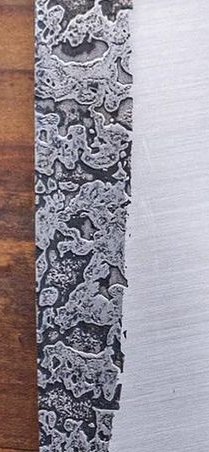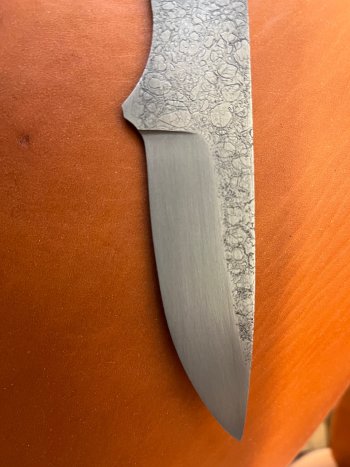opaul
Well-Known Member
Would love to know how you do your axes if you don’t mind sharing.I'm pretty sure it's an etched finish. I believe steel wool is involved. I think it's similar to the ferric/bleach combo I do on my axes, but I have yet to try it on a blade.
Most of the apprentices from Fiddleback Forge have done it. All those Georgia makers have nice clean grinds. They're the ones that influenced me early on in my knife making journey. Check out Osprey Knife and Tool, Fleming Knives, and WA Surls Knives. All worked with Andy Roy at Fiddleback at some point.



